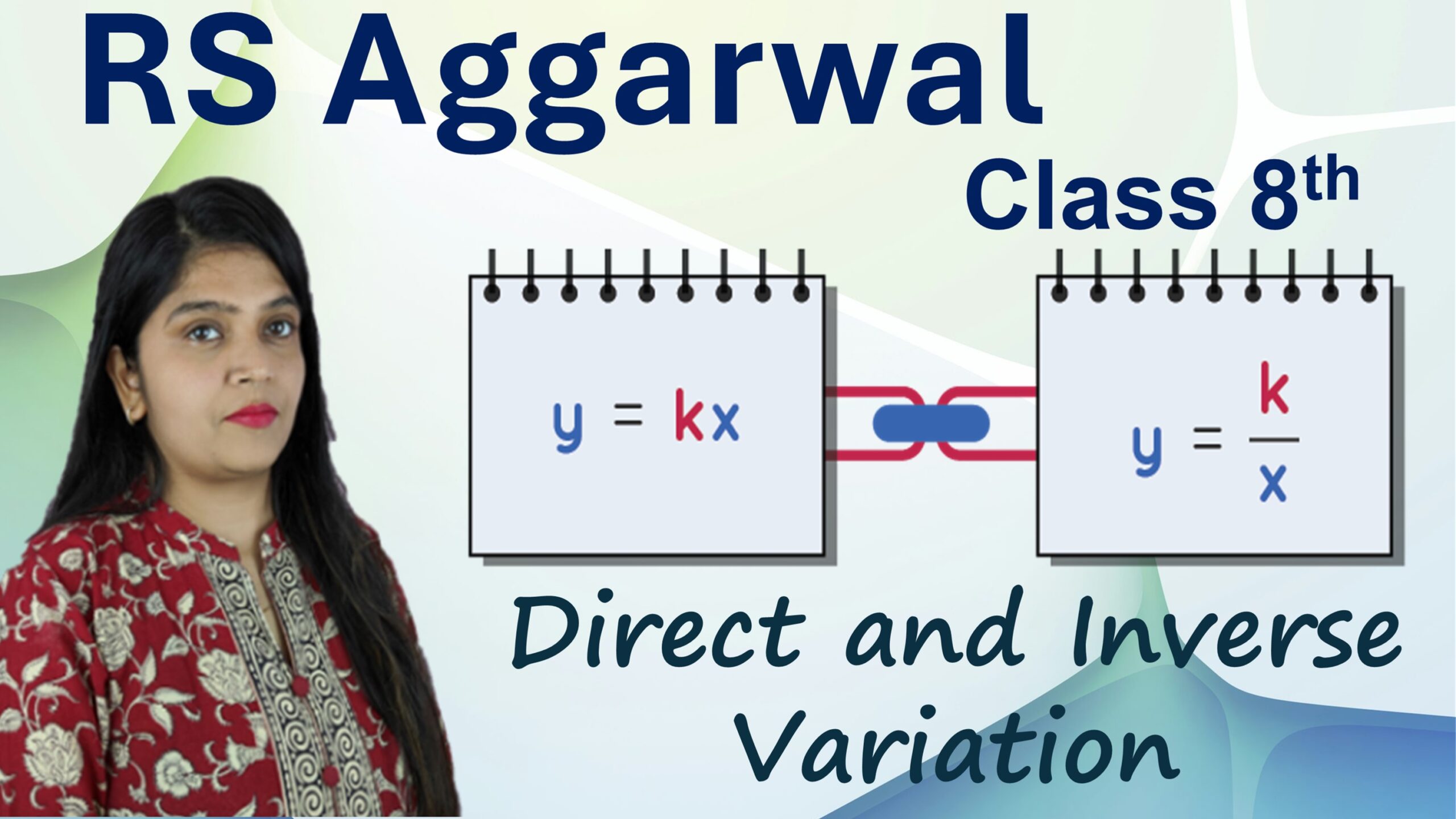Exercise: 10-B
Assertion- Reason Questions
Q1: Assertion (A): If \(x\) varies directly as \(y^2\), then we can write \(xy^2 = k\), where \(k\) is a constant.
Reason (R): Two quantities \(x\) and \(y\) are said to vary directly if \(\frac{x}{y}\) is a constant quantity.
Step 1: According to the Assertion, \(x \propto y^2\)
This implies:
\[
x = ky^2 \\
\Rightarrow \frac{x}{y^2} = k
\]
So, Assertion is False.
Step 2: The Reason states: \(x\) and \(y\) vary directly ⇒ \(\frac{x}{y} = \text{constant}\)
This is true for linear direct variation, i.e., \(x \propto y\).
Answer: d. Assertion (A) is false but Reason (R) is true.
Q2: Assertion (A): The number of workers and the time taken to complete a job is a case of indirect variation.
Reason (R): Two quantities are said to be in inverse proportion, if the product of their corresponding values remains the same.
Step 1: When more workers are employed, the time to complete the job decreases — a classic case of inverse variation.
So, Assertion is True.
Step 2: In inverse proportion:
\[
x_1 \times y_1 = x_2 \times y_2
\]
The product remains constant. So, Reason is also True.
Step 3: And this correctly explains why number of workers and time are inversely related.
Answer: a. Both Assertion (A) and Reason (R) are true and Reason (R) is the correct explanation of Assertion (A).






Leave a Comment